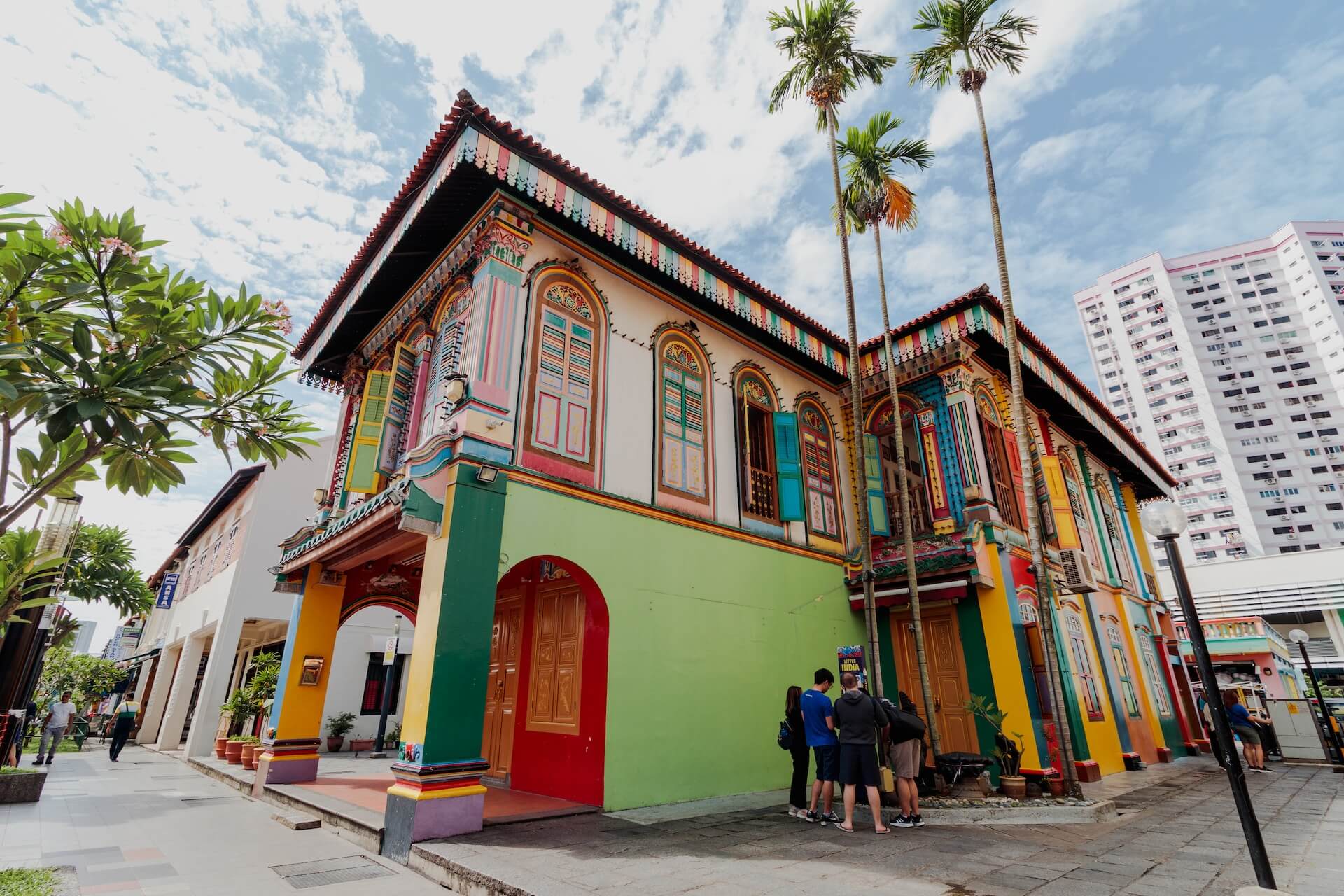The history of the Indian diaspora in Singapore is a captivating narrative of struggle, triumph, and an enduring spirit of community and resilience. Unfolding over two centuries, the presence of Indians in Singapore has significantly shaped the city-state’s cultural, economic, and social landscape. From their initial migration in the 19th century to their contemporary contributions, the Indian community has etched an indelible mark on Singapore’s historical tapestry.
Photo by Joshua Tsu on Unsplash
Early Immigration and Catalysts of the Indian Diaspora
The roots of the Indian community in Singapore trace back to the early 1800s when the British established the island as a pivotal trading hub. The first wave of Indian immigrants was largely motivated by economic opportunities, with individuals seeking prospects in trades, construction, and the colonial administration. This diverse diaspora encompassed ethnic groups such as Tamils, Malayalees, Punjabis, and Gujaratis.
Primarily arriving as indentured laborers during the British colonial era, these migrants, often hailing from Tamil Nadu, faced challenging working conditions and modest wages. A notable element of this period was the migration of Indian women as “coolie brides,” an attempt to address the gender imbalance. These early struggles served as the cornerstone for the cohesive Indian community that would later thrive in Singapore. A significant number of Indians were also employed within the British military forces, adding a distinct dimension to their contribution.
World War and the Diaspora Movement
The outbreak of World War II ushered in transformative changes for the Indian community in Singapore. With the fall of the island to Japanese forces in 1942, Indians faced further trials and disruptions. However, this tumultuous period also catalyzed the Indian diaspora movement, as many sought refuge in neighboring nations to escape the tumult of war.
An intriguing facet of this era was the Indian National Army (INA), a Japanese-sponsored military unit operating in Southeast Asia during World War II. Formed with the support of Japanese forces, the INA comprised approximately 45,000 Indian prisoners of war from the British Indian Army, captured after the fall of Singapore in 1942. This force was involved in various military operations against British and Allied forces, including the controversial use of Indian civilians from Singapore in suicide missions.
In 1945, following Japan’s defeat, the INA was dissolved, and many of its former soldiers returned to align with the re-occupying British forces. Several INA officers faced charges of treason during the subsequent INA trials, reflecting the complex dynamics of the era. Furthermore, Indian labor played a pivotal role in rebuilding Singapore’s infrastructure that had been decimated during the war, positioning them as integral contributors to the city’s resurgence.
Independence and Continuing Contributions
The year 1965 marked Singapore’s independence, and the Indian community continued to thrive and evolve within the newly established nation. Indians played a vital part in Singapore’s progress, contributing significantly across education, business, politics, and cultural spheres.
Current Landscape and Cultural Significance
In the contemporary scenario, Indians constitute approximately 9% of Singapore’s population, ranking as the third-largest ethnic group after the Chinese and Malays. This community remains diverse, with a rich array of languages, religions, and cultural traditions. Places of worship such as temples, mosques, and churches stand as symbols of the community’s unity and resilience.
The Indian diaspora remains instrumental in Singapore’s accomplishments across various sectors, particularly in business. Indian entrepreneurs have carved out leadership roles in sectors spanning technology and hospitality, leaving an indelible imprint on the city’s economic vitality.
Beyond their economic contributions, the significance of Indians in Singapore resonates in cultural realms. Festivals like Diwali and Thaipusam are celebrated with enthusiasm, while Indian cuisine has seamlessly woven itself into Singapore’s vibrant culinary landscape.
Conclusion
The narrative of Indians in Singapore is one of perseverance, adaptability, and an unwavering dedication to progress. Transitioning from their roles as laborers in the early days to becoming integral members of Singaporean society today, the Indian community’s journey embodies determination and achievement. As Singapore advances and evolves, the contributions of Indians remain integral to its multicultural identity, enriching the nation’s past, present, and future in profound ways.




